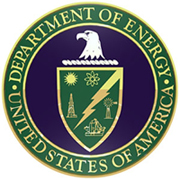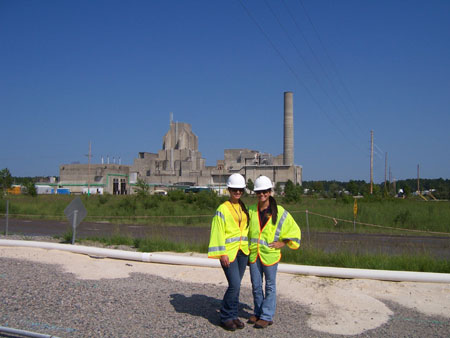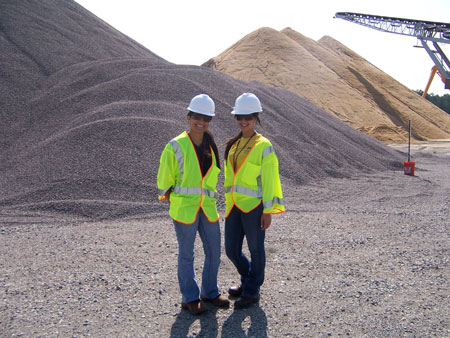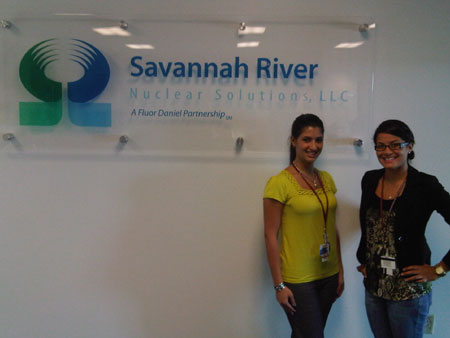 Alessandra Monetti (Civil Engineering) About DOE Fellow: |
Posters:
Cellular Concrete/Grout: An Innovative Material For In-Situ Decommissioning
Heat of Hydration Experimental Mock Up Using Cellular Concrete/Grout
DOE Related Projects:
Alessandra Monetti interned at Savannah River National Laboratory (SRNL) the summer of 2010. Her main task was to conduct a detailed study on cementious materials and cellular concrete/grout that focused on foaming agents used in foamed concrete, its cured and fresh properties, and several geotechnical and environmental remediation applications. The U.S. Department of Energy has a concept for facility in-situ decommissioning (ISD) to stabilize and isolate unused nuclear facilities that are no longer needed for their original purpose. At Savannah River Site (SRS), the 105-R Disassembly Basin is the first SRS reactor facility to undergo the ISD process. ISD process involves filling all below grade areas with cementious materials. A modified cellular concrete/grout is projected to be placed, for in-situ decommissioning, into a section of the 105-P Reactor Disassembly Basin D & E Canal. Because this section has a cavity, in order to avoid collapsing, it will need to be filled with a light-weight/low-density concrete. Cellular concrete is made out of a hydraulic cement such as Portland cement, water, and preformed foam. Depending on the foaming agent used to make preformed foam, it may alter the characteristics and properties of the cellular concrete; therefore, using the proper cementious materials to make the cellular concrete desired for SRS is essential. Alessandra presented this work in a student poster competition at Waste Management Conference in 2011.
After Alessandra’s summer internship, she continued to work for SRNL from FIU in conducting experiments used for the ISD process of unused nuclear facilities.
Previously, Alessandra was working with Columbia-Energy on conducting a survey of alternative sealants and coatings to be applied to asphalt surfaces for the 149 underground single-shell tanks (SST) that are used to store radioactive mixed waste at the Hanford Site in Washington State. Alessandra also worked with Dr. Prabhakar Pant on uranium remediation of the 300 Area at the Hanford site in Washington State. Her experiments included analysis of different levels of soil and their soil moister and organic matter.
Photos:



